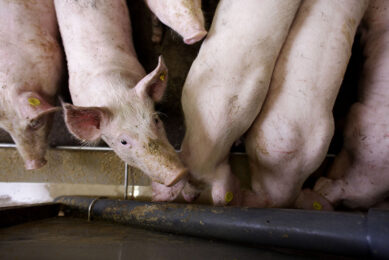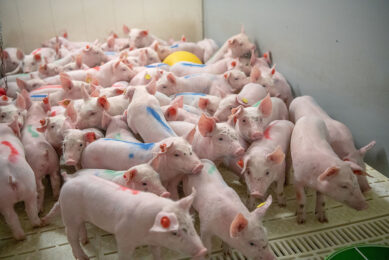Lallemand: Piglet signs of immaturity at birth
Identifying immature piglets on time at birth helps to reduce their related cost thanks to a more fluid litter management.
©
This is one of the results of French research, carried out by staff of animal nutrition company Lallemand and Agroparistech, a French Graduate Institute in Science and Engineering.
The scientists write: “Over the past 15 years, selection on ‘hyper-prolific’ sows actually increased litter size but subsequently increased piglets heterogeneity at birth. In addition, piglets of same weight can have really distinct growth performance.
“Therefore, piglet weight at birth is not discriminating enough to characterise the starting pig career. Immaturity corresponds to piglets with intrauterine growth retardation after 114 gestational days, which present all the characteristics of runt piglets.
Quick identification
“Simple morphological (light weight, big oval head, a straight forehead and bulging eyes) and behavioural criteria (isolated from the other piglets, lying on their side) allow a quick identification of immature piglets from normal ones.
“Anatomical observations revealing a higher brain/vital organ weight ratio (eg. liver: 1.68 vs 1.01 ; p<0.01 or heart 5.21 vs 3.15 ; p<0.01) confirm the later stage of development of the runt-like piglets. Indeed, those animals displayed a higher mortality (38%) than the mature piglets (11%) until weaning, where they also had a small weight in a study involving 67 litters (924 piglets) in Brittany (2008)."
Related websites:
• Lallemand
• Agroparistech











